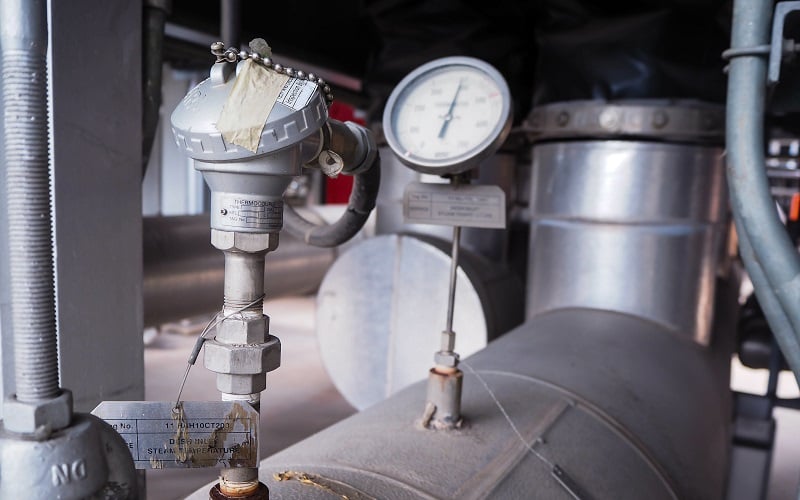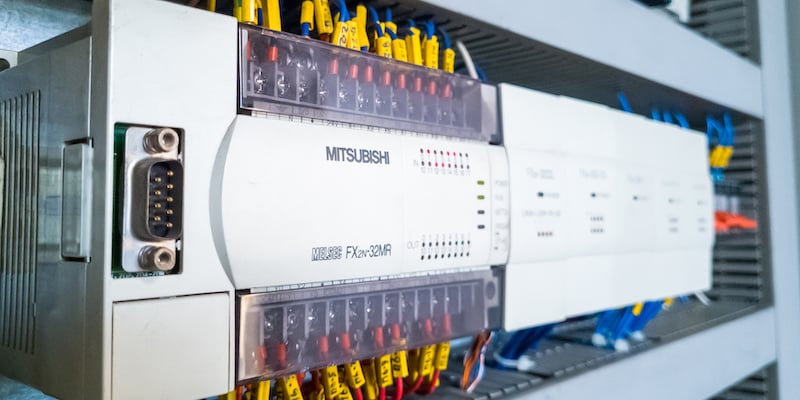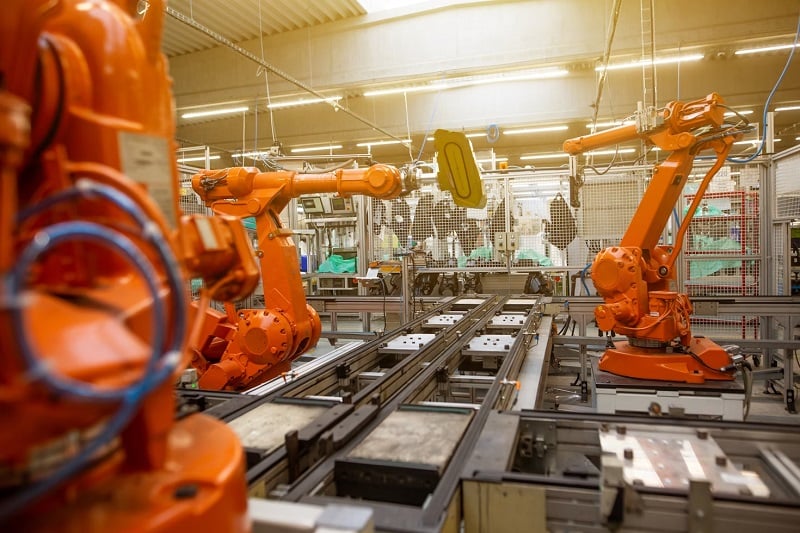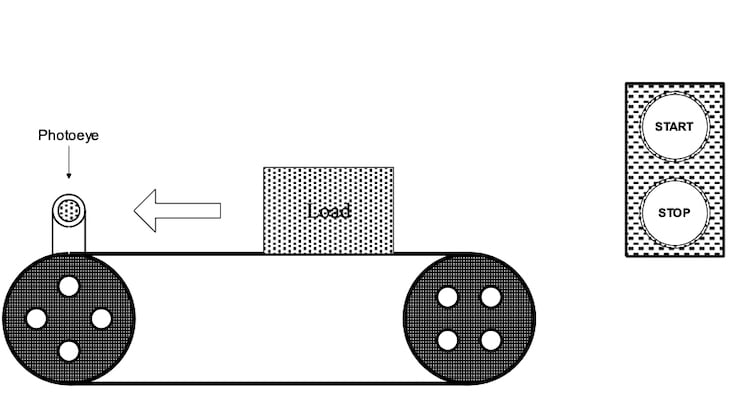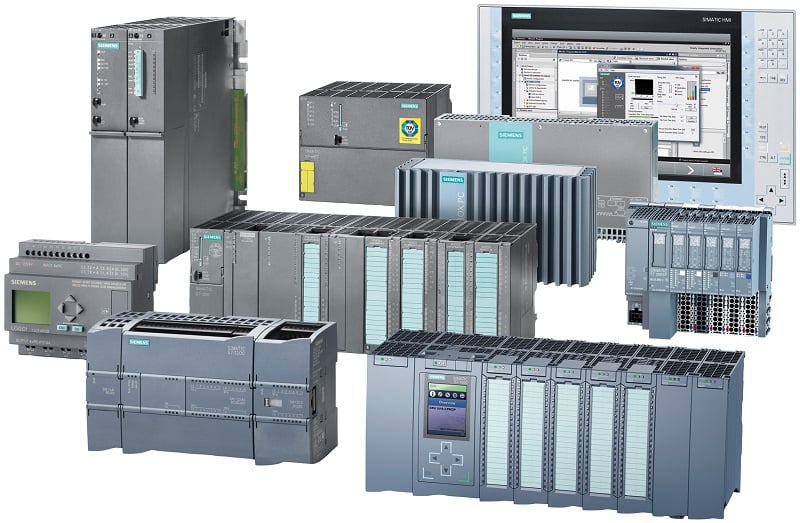PID for Your PLC Using SP and PV. So Many Acronyms, So Little Time
Implementing PID control in a PLC is far more complicated than textbooks would make it appear. There is more to the process than simply picking gain (k) values and calculating an output value. Control algorithms have evolved since the early days of computation. It started with simple on/off limits (like a thermostat) then moved to … Read more

